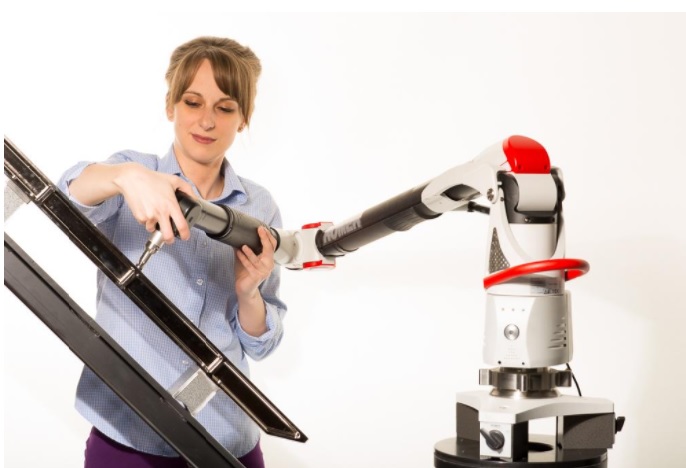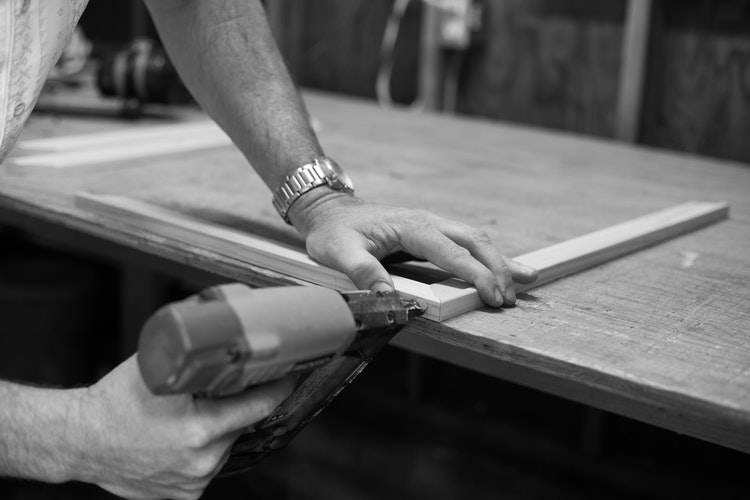
As a shop expanding your inspection capabilities, you face some tough choices when it comes to where you want to focus your investment dollars. Today’s manufacturing industry requires shops operate on a tight budget, while also improving efficiency and quality. The wrong investment can hurt your shop for years to come. If you’re looking at investing in metrology equipment, one question that often arises is whether it’s a better idea to invest in a traditional, fixed coordinate measuring machine or in a portable arm. They both have their advantages and disadvantages, and ultimately, it depends on the needs of your shop, the precision standards demanded by the components, and your rate of inspection. Below is a look at the pros and cons of both coordinate measuring machines and portable arms.
Coordinate Measuring Machines
The coordinate measuring machine today exists largely as it has since the 1970s, with only a few alterations. Better software and automation have improved what you can do with traditional coordinate measuring machines while new equipment, like portable arms and laser scanners, have been developed. Bridge, gantry, vertical, and horizontal style coordinate measuring machines can handle different volumes. A gantry coordinate measuring machine can measure components and structures between 1.5 to 20 metres in size at a level of precision that laser trackers and scanning systems simply can’t deliver. The advantage of the traditional fixed CMM is that it delivers an unparalleled level of precision for both small and large parts.
Especially when talking about bridge coordinate measuring machines, hard bearing equipment is available, allowing you to take the coordinate measuring machine onto the shop floor. That allows it to compete with the portable arm in terms of flexibility and integration into cell manufacturing. Fully automated coordinate measuring machines on the shop floor follow programmed inspection instructions and allow shops to inspect a higher percentage of components, delivering a higher level of accuracy and quality across the board.
Portable Arms
One of the most popular portable arms is the ROMER, used extensively by contract metrologists with Canadian Measurement Metrology (CMM). The portability of ROMER allows them to take the machine with them when they do outsource jobs, and that portability and flexibility can be a big boon to your shop, too. Portable arms can be packed up and moved in the trunk of a car, and don’t even need to be recalibrated when you unpack it.
The other advantage of portable arms is their ability to “leap-frog,” which is to say, you can measure components far larger than the arm’s measuring volume. Anyone looking for a solution to measure oversized components should look into a portable CMM arm and equipment for their shop. It offers flexibility and portability that coordinate measuring machines can’t provide. When it comes to disadvantages, it’s true that portable arms can’t offer the precision of a coordinate measuring machine. While they are most often operated manually, with programming they can be programmed to inspect automatically. Nevertheless, they are an affordable and versatile tool in any shop, and frequently used as a first step toward introducing better metrology equipment to a shop.
Originally posted on October 18, 2017 @ 3:49 pm




